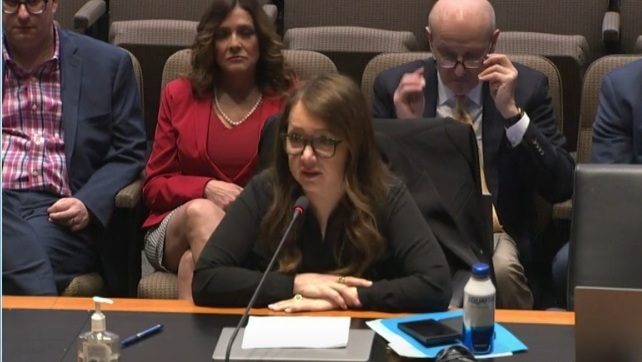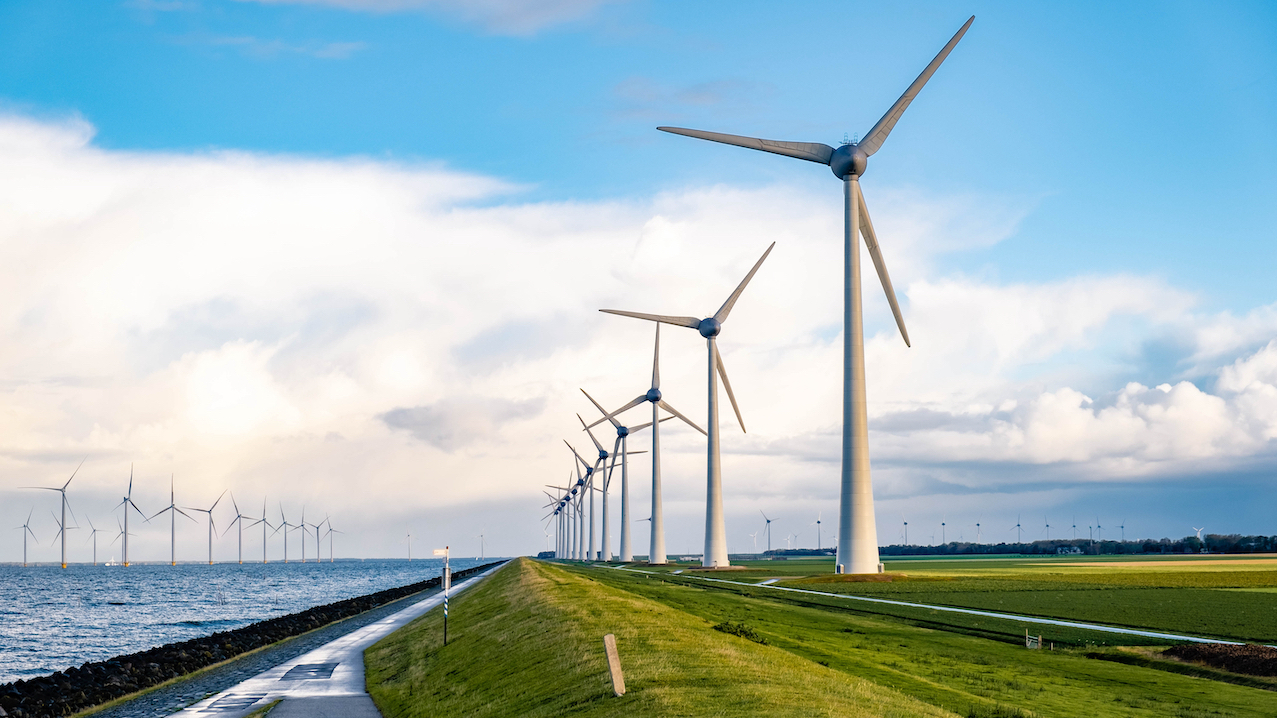
Exclusive: Not ‘clear-cut’ global CO2 emissions rose in 2022, claims climate tech chief
Contrary to recent findings by the IEA, Antoine Halff believes that emissions may not have risen at all last year
A recent report from the International Energy Agency showed that global CO2 emissions reached record levels last year.
The IEA said that CO2 Emissions in 2022, that global CO2 emissions rose by 0.9% (about 320 Mt) over a 12-month period from January last year.
Emissions did not rise as quickly as the global economy did, suggesting that the rise in renewable energy generation is beginning to have an effect on carbon emissions.
However, evidence suggesting that global emissions of carbon dioxide rose to record highs last year is far from clear-cut, a climate technology executive told Net Zero Investor today.
In fact, Antoine Halff said that emissions-tracking techniques show that emissions may not have risen at all.
Satellite imagery and other remote-sensing methods, which Kayrros, the climate tech firm that Halff founded, uses to measure high-emitting economic activity across the world, show that emissions from key Chinese sectors plunged by 520 Mt, or more than 5%.
This is a greater decline than official statistics imply and could suggest that emissions of CO2 crept downwards last year.
Data accuracy
Halff said that the accuracy of the IEA’s stocktake rests largely on the accuracy of the available official data.
Chinese statistics in 2022 showed both strong growth in overall coal demand and outright contraction or weak growth across all main coal consuming sectors.
Halff said that there was a risk that a fall in emissions due to stringent Covid emissions in China could precipitate a stronger rebound than is widely expected.
“According to our data, the evidence that carbon dioxide emissions reached record levels last year is far from clear-cut,” he said.
“In fact, it is probable that CO2 emissions fell last year."
To a great extent, conventional stocktakes are at the mercy of the data made available by organisations and governments, and that creates room for error.
“We must be cautious about hailing this as proof that the tide has turned on emissions, however. If China’s Covid measures were behind the fall, we can expect far faster growth in overall emissions than is expected in 2023," he continued.
“This underscores both the importance of continued climate action and the need to guard against complacency. It also highlights the need for high-quality data that is independent from official statistics," Halff stressed.
Coal, cement, steel and aviation
Satellite data show China CO2 emissions plunged in 2022 in all its key energy-intensive sectors: coal power generation, cement, steel and domestic aviation.
Halff believes emissions from power generation fell by around 110 Mt and those from industry by 390 Mt.
The IEA, by contrast, reported that power generation emissions increased by 90 Mt and fell for industry by 160 Mt. Kayrros’ measurements are 200 Mt lower than the IEA’s for power generation and 230 Mt lower for industry.
In aggregate, analysis of satellite data shows CO2 emissions from all energy-intensive sectors of the Chinese economy monitored by Kayrros plunged by 520 Mt or 5.2% last year, compared with the IEA assessment of a 0.2% fall in Chinese emissions.



